A Bird’s Eye View on Roofing Materials
Roofs in modern architecture play both a functional and an aesthetic role. Eye-catching roof designs – from sun-reflecting domes to intricately paneled pyramids – complete a building’s overall outlook and can transform the ordinary into the iconic.
However, design aside, tropical Malaysia’s hot and humid climate presents a challenge to architects and building contractors when it comes to the choice of roofing material. The type and composition of a roofing material directly influences a building’s functionality and lifespan. Different types of roofing materials also impact cost and sustainability-related considerations such as heating and cooling as well as shielding from moisture, UV exposure and other environmental elements.
In this month’s blog article, we explore a few different types of roofing materials commonly used in the Malaysian context. Metal, glass, aluminium and polycarbonate roofing materials are compared to help architects and contractors make informed and appropriate choices.
Metal Roofing
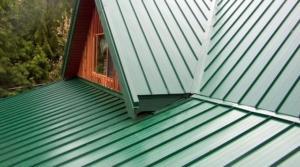
Metal is a commonly utilised material for roofing needs as, in general, metal offers good protection from harsh environmental elements. Its solar and radiant reflectance attribute also means a reduction in energy costs for the building when used as roof material. At the same time, metal roofs can last decades and tend to require relatively little maintenance during its lifespan.

What’s more, metal roofing material tended to be made from recycled steel, leading to greater sustainability. However, it must be noted that most metal roofing materials are only 35% recyclable and have a relatively low resale value. Hence, it is not surprising that it can sometimes be less cost effective especially when taking into consideration certain environmental or application factors. Furthermore, specific locations (e.g. oceanic and acidic conditions) could lead to corrosion issues for metal roofs for which high maintenance is required.
Concrete Tiles Roofing
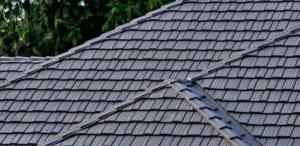
Concrete tiles are a very popular roofing choice in Malaysia. Advantages of concrete tiles include durability (as long as there’s no extreme physical impact), fairly good energy efficiency as well as fire safety. Another reason why concrete tiles are chosen is that it can be formed into different shapes and profiles and also come in different textures and colours to suit various roof designs. For those looking for the quintessential shingle/title roof design, concrete tiles are actually a better option than traditional clay tiles due to its greater durability and cheaper price points. In fact, concrete tiles cost half as much as clay tiles in general. However, concrete tiles are heavier when compared to various other popular roofing materials today. This translates to the need for heavier supporting structures as well. One of the key disadvantages of concrete tile roofing is that it retains heat during the day, transmitting the heat downwards into the building in the evening.
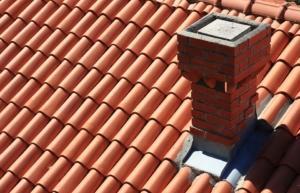
Polycarbonate Roofing
A thermoplastic material, polycarbonate is a material that is extremely lightweight and is capable of withstanding extreme temperatures. With good UV-blocking ability, roofs made of polycarbonate can also last for a long time due to its nearly indestructible characteristic. The downside to polycarbonate is that this material is expensive and not eco-friendly as a result of its production process. They are also prone to denting and scratching. Also, polycarbonate tends to be used as roof covering for small areas such as patios, shelters and garages. They do not have the design sophistication and versatility to be used as roof material for iconic architecture world.
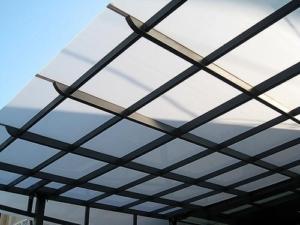
Aluminum Roofing
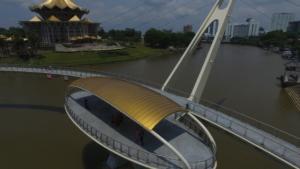
The virtues of aluminum as a roofing material cannot be understated especially for the Malaysian context. Aluminium’s key beneficial properties fares better than that of metal – effectively reflecting light and heat to maintain a stable and comfortable internal environment when used in roofs. At the same time, aluminum structures while comparable in strength with steel, can actually weigh up to two thirds less than the latter material.

What’s more, coated aluminium is far superior to both iron and steel in that it is able to better reflect UV and infrared rays – up to 95% of solar energy are reflected from aluminium especially crafted and coated for façade use. This means energy efficiency is much improved and energy-related costs are effectively lowered. In terms of thermal efficiency, this material heats up at a lower rate but loses heat fast, allowing internal space to cool faster and for longer periods of time. This makes aluminium a choice roofing material in sunny climates. Another pertinent characteristic of aluminium roofing is that its resale value is high. This is because aluminium is infinitely recyclable. Aluminium as a versatile material – easily moulded, shaped and cast to fit the varied visions of the modern architect – is a key and popular choice today.
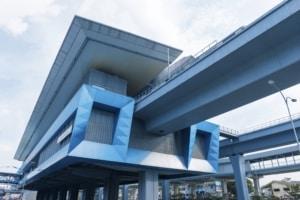
|
|
Metal Roofing |
Concrete Tile Roofing |
Aluminium Roofing |
Polycarbonate Roofing |
Material |
||||
Durability |
Good (must be GI coated/painted) |
Good (long-lasting, barring any mechanical impact) |
Excellent (even without coating, protected by its oxide film which is highly inert and resistant to most environments) |
Fair (the properties are sensitive to UV and extreme temperatures) |
Flexibility |
Good |
Fair (not flexible) |
Good |
Fair (rigid, not bendable, shaped by molding or extrusion.) |
Sustainability |
Fair (needs to be constantly repainted in order to protect the substrate from corroded) |
Good |
Good (minimal maintenance; does not need to repaint) |
Fair (becomes yellowish over time) |
Functionality |
Good (for general purpose) |
Fair |
Good (especially suitable for coastal areas, harsh environments) |
Good (for light transmission or certain chemicals) |
Thermal Efficiency |
Good (if painted) |
Fair (filter UV, heat retention) |
Excellent |
Fair (filter UV, heat retention) |
Recyclable |
Fair (35%) |
Fair |
High (100%) |
Fair |
Resale Value |
Low |
Low |
High |
Low |

